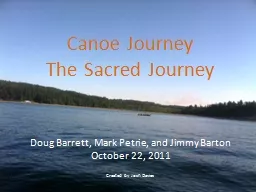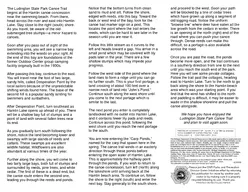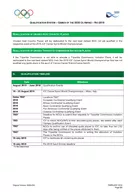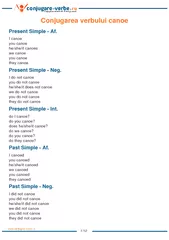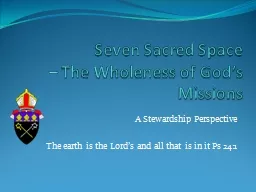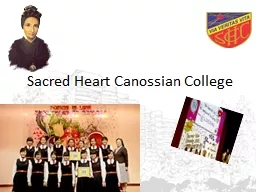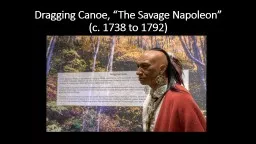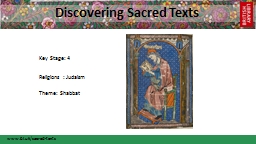PPT-Canoe Journey The Sacred Journey
Author : giovanna-bartolotta | Published Date : 2018-10-30
Doug Barrett Mark Petrie and Jimmy Barton October 22 2011 Created by Josh Davies Beginning of Canoe Journey Cedar canoes are the traditional mode of transportation
Presentation Embed Code
Download Presentation
Download Presentation The PPT/PDF document "Canoe Journey The Sacred Journey" is the property of its rightful owner. Permission is granted to download and print the materials on this website for personal, non-commercial use only, and to display it on your personal computer provided you do not modify the materials and that you retain all copyright notices contained in the materials. By downloading content from our website, you accept the terms of this agreement.
Canoe Journey The Sacred Journey: Transcript
Download Rules Of Document
"Canoe Journey The Sacred Journey"The content belongs to its owner. You may download and print it for personal use, without modification, and keep all copyright notices. By downloading, you agree to these terms.
Related Documents

